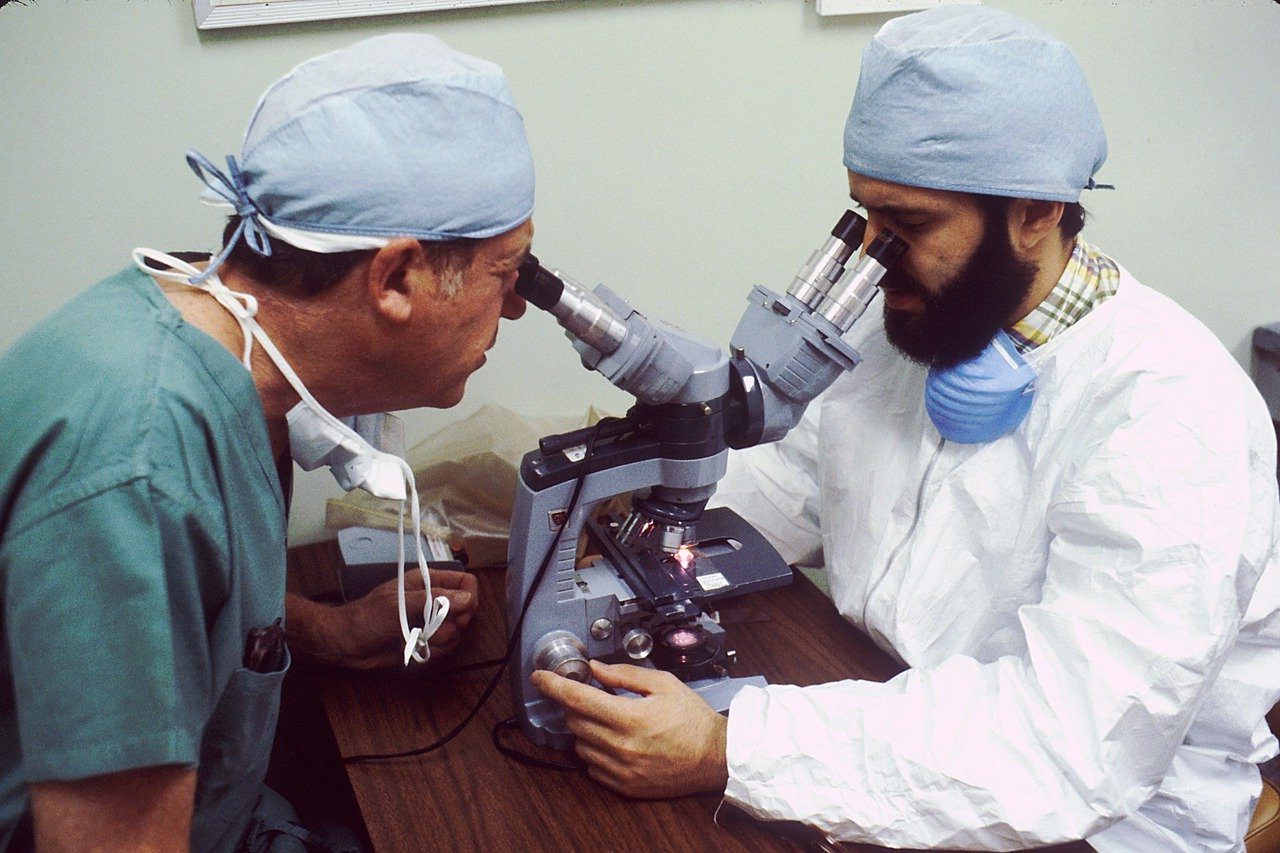The quest to unravel the genetic tapestry woven within each of us begins with a single, fundamental question: how much of the source material is actually needed? It’s a question that dictates the feasibility and accuracy of countless scientific endeavors, from diagnosing hereditary diseases to tracing ancestral lineages. The answer, however, is not as straightforward as one might initially assume. It hinges on a confluence of factors, each playing a critical role in determining the optimal sample size for DNA analysis.
I. Deciphering the DNA Demand: A Matter of Method
The quantity of DNA required isn’t a universal constant. It’s intimately linked to the specific analytical technique employed. Different methods possess varying sensitivities, necessitating different input amounts to yield reliable and interpretable results.
A. Polymerase Chain Reaction (PCR): The Amplification Alchemist
PCR, a cornerstone of modern molecular biology, allows for the exponential amplification of specific DNA sequences. This remarkable capability means that even minuscule amounts of template DNA, often in the picogram (10-12 gram) range, can be sufficient for analysis. PCR effectively transforms a needle in a haystack into a readily detectable signal.
B. Sanger Sequencing: A Need for More Substance
Sanger sequencing, while still a valuable tool, typically demands larger quantities of DNA compared to PCR-based methods. Nanogram (10-9 gram) levels are generally required to ensure adequate signal strength for accurate base calling. Think of it as needing enough ink to clearly write out the entire genetic code for the region of interest.
C. Next-Generation Sequencing (NGS): A Massively Parallel Approach
NGS technologies, capable of sequencing millions of DNA fragments simultaneously, exhibit a wide range of input requirements. Some platforms can operate with nanogram amounts, while others might necessitate micrograms (10-6 gram) depending on the library preparation method and desired sequencing depth. The sheer scale of NGS necessitates a more substantial starting material.
D. Microarray Analysis: Hybridization’s Hunger
Microarrays, which rely on the hybridization of DNA to fixed probes, typically require microgram quantities of DNA. This is because sufficient material is needed to ensure adequate binding to the probes and generate a detectable signal. The more probes, the more starting material is needed.
II. The Sample’s Story: A Matter of Quality
Beyond quantity, the quality of the DNA sample is paramount. Degraded or contaminated DNA can severely compromise the accuracy and reliability of any downstream analysis, regardless of the initial amount.
A. The Degradation Dilemma: Time’s Relentless Toll
DNA, being a relatively fragile molecule, is susceptible to degradation over time. Enzymes, such as DNases, can cleave the phosphodiester bonds that hold the DNA backbone together, resulting in fragmented DNA. Degraded DNA can lead to incomplete amplification, inaccurate sequencing, and ultimately, erroneous results.
B. The Contamination Conundrum: A Foreign Intrusion
Contamination with foreign DNA, such as bacterial or fungal DNA, can also interfere with DNA analysis. This is especially problematic when working with small sample sizes, where even a small amount of contaminant DNA can overwhelm the target DNA. Careful handling and stringent laboratory practices are essential to minimize the risk of contamination.
C. Assessing Integrity: A Molecular Check-Up
Techniques such as gel electrophoresis and spectrophotometry are commonly used to assess the integrity and purity of DNA samples prior to analysis. These methods provide valuable information about the size distribution of DNA fragments and the presence of contaminants, allowing researchers to make informed decisions about sample suitability.
III. The Source’s Secrets: A Matter of Tissue
The tissue type from which the DNA is extracted also influences the required sample size. Some tissues are inherently richer in DNA than others. Buccal swabs, for example, typically yield less DNA than blood samples.
A. Blood’s Bounty: A Cellular Reservoir
Blood is a relatively rich source of DNA, containing nucleated cells, such as leukocytes, that harbor the genetic material. A small volume of blood, typically a few milliliters, can provide sufficient DNA for a wide range of analyses.
B. Saliva’s Simplicity: A Non-Invasive Alternative
Saliva, while containing less DNA than blood, offers a convenient and non-invasive alternative for DNA collection. However, larger volumes of saliva may be required to obtain sufficient DNA, and care must be taken to minimize contamination with bacterial DNA.
C. Buccal’s Brush: A Cheek Cell Harvest
Buccal swabs, which involve swabbing the inner cheek to collect epithelial cells, are another non-invasive method for DNA collection. While generally yielding less DNA than blood or saliva, they are often sufficient for applications such as genotyping and ancestry testing.
IV. Amplification’s Art: Maximizing the Molecular Yield
When dealing with limited sample quantities, amplification techniques, such as whole-genome amplification (WGA), can be employed to increase the amount of DNA available for analysis. WGA methods aim to uniformly amplify the entire genome, providing sufficient material for downstream applications.
V. A Perspective Shift
Ultimately, determining the necessary sample size for DNA analysis is a nuanced process that demands careful consideration of the analytical method, the quality of the DNA, and the source tissue. By understanding these interconnected factors, researchers and clinicians can optimize their experimental designs, ensuring accurate and reliable results that unlock the secrets hidden within the genetic code.










Leave a Comment